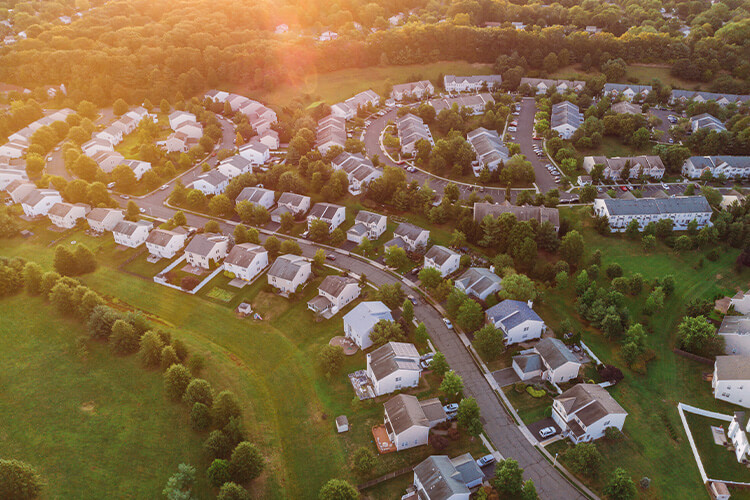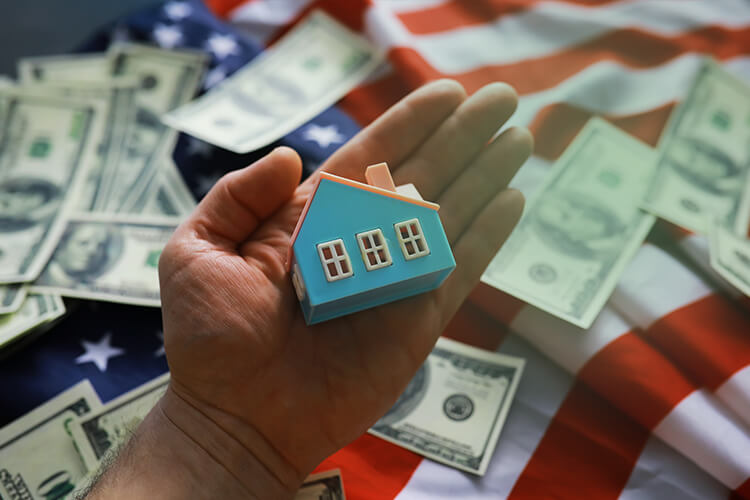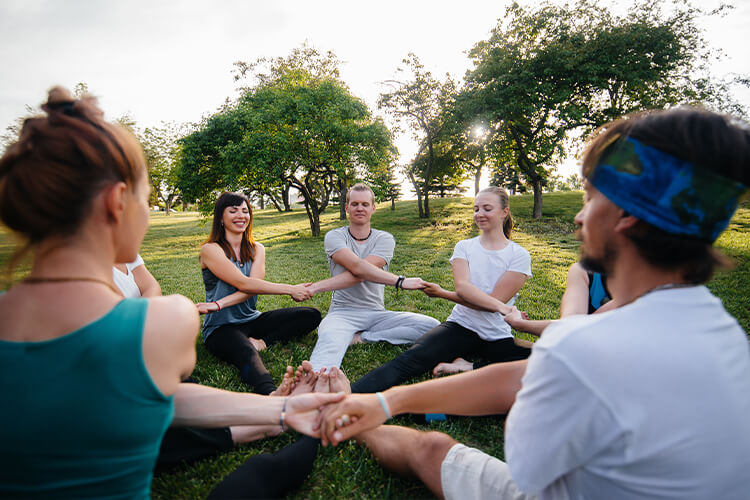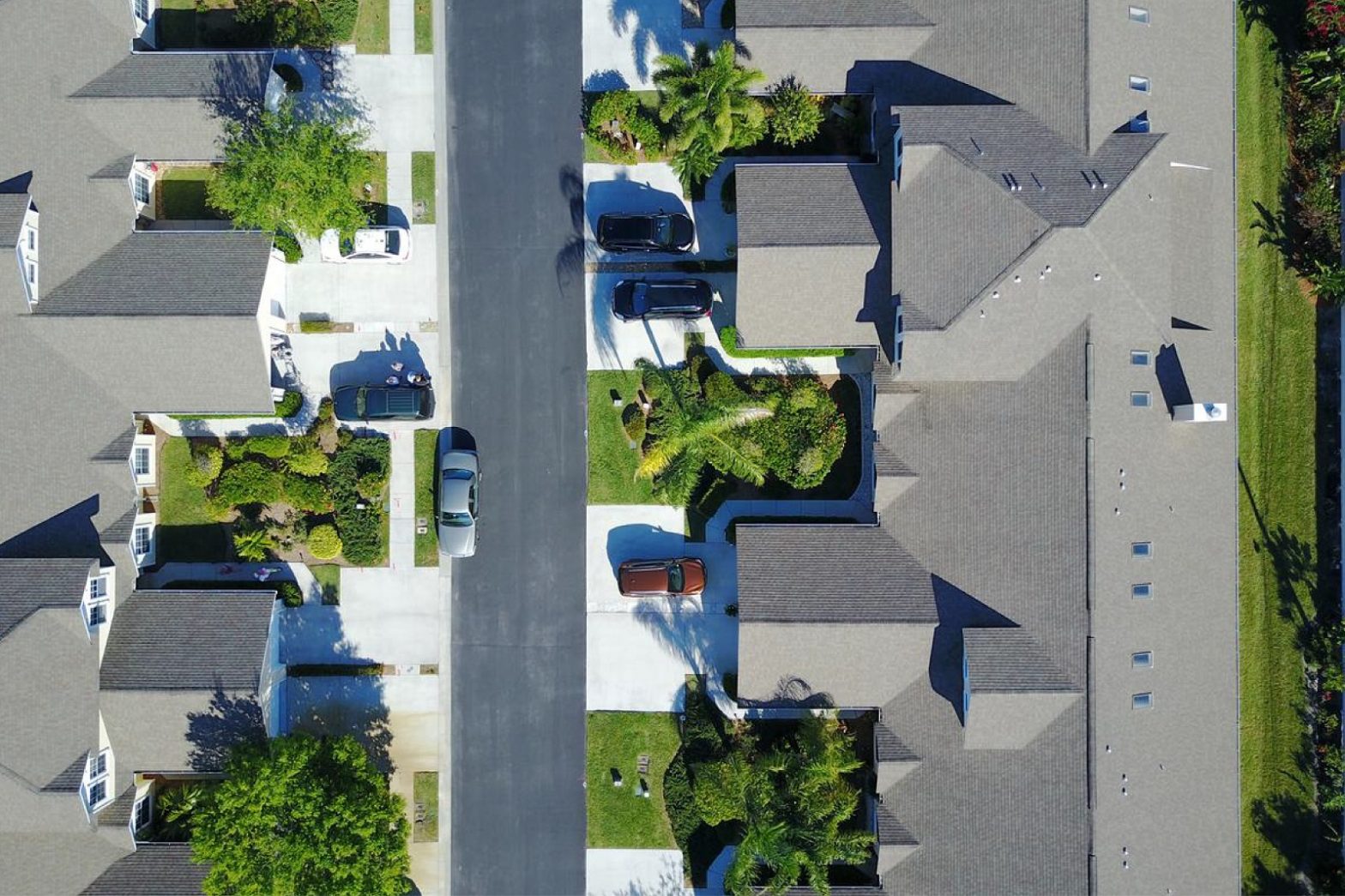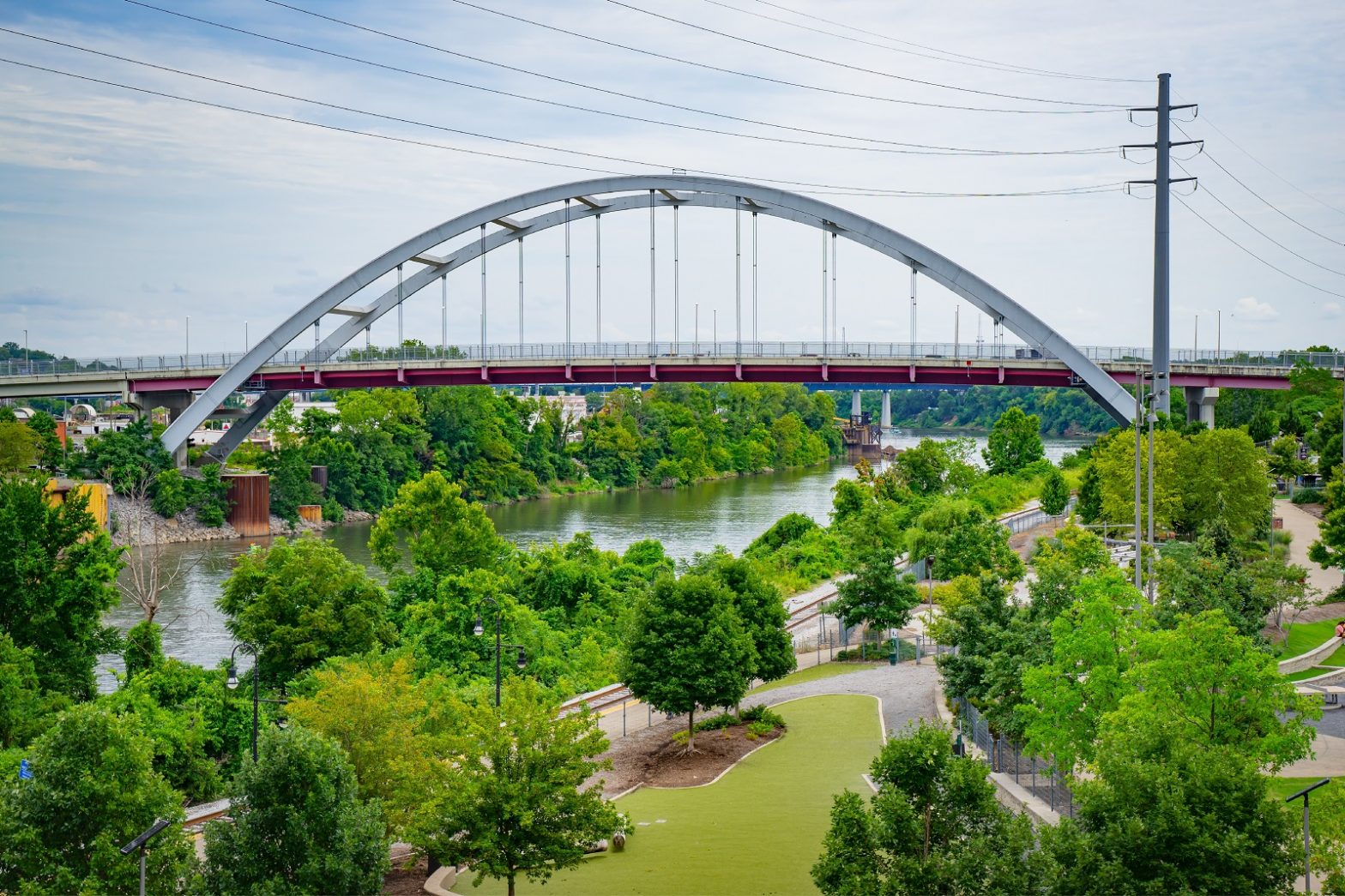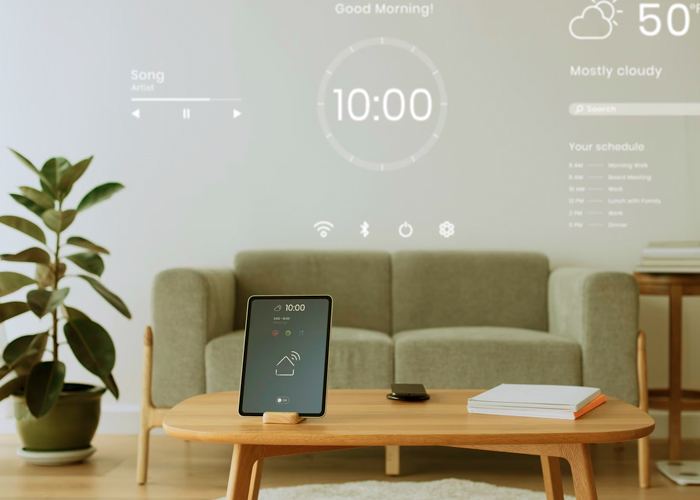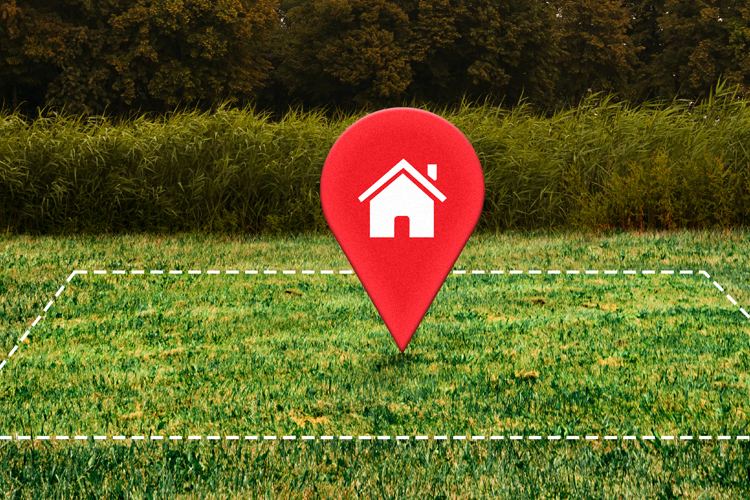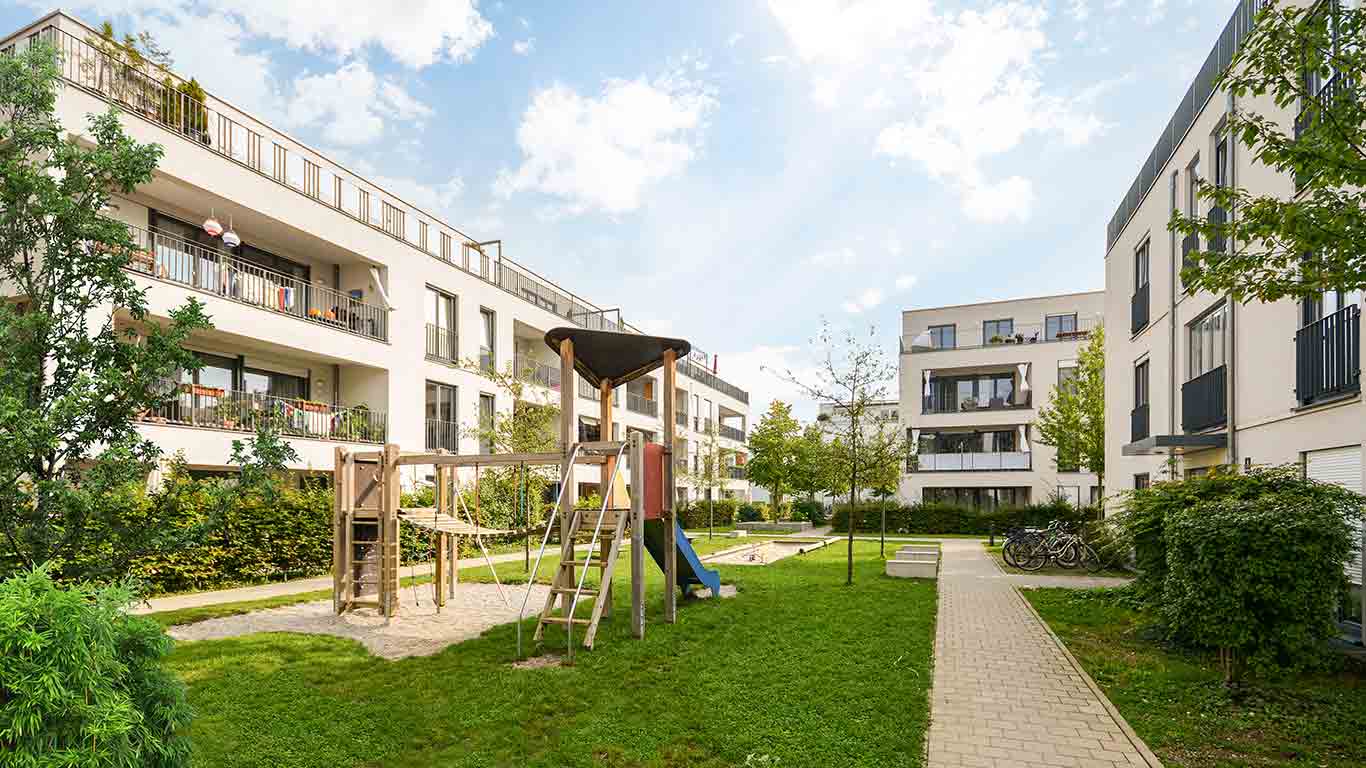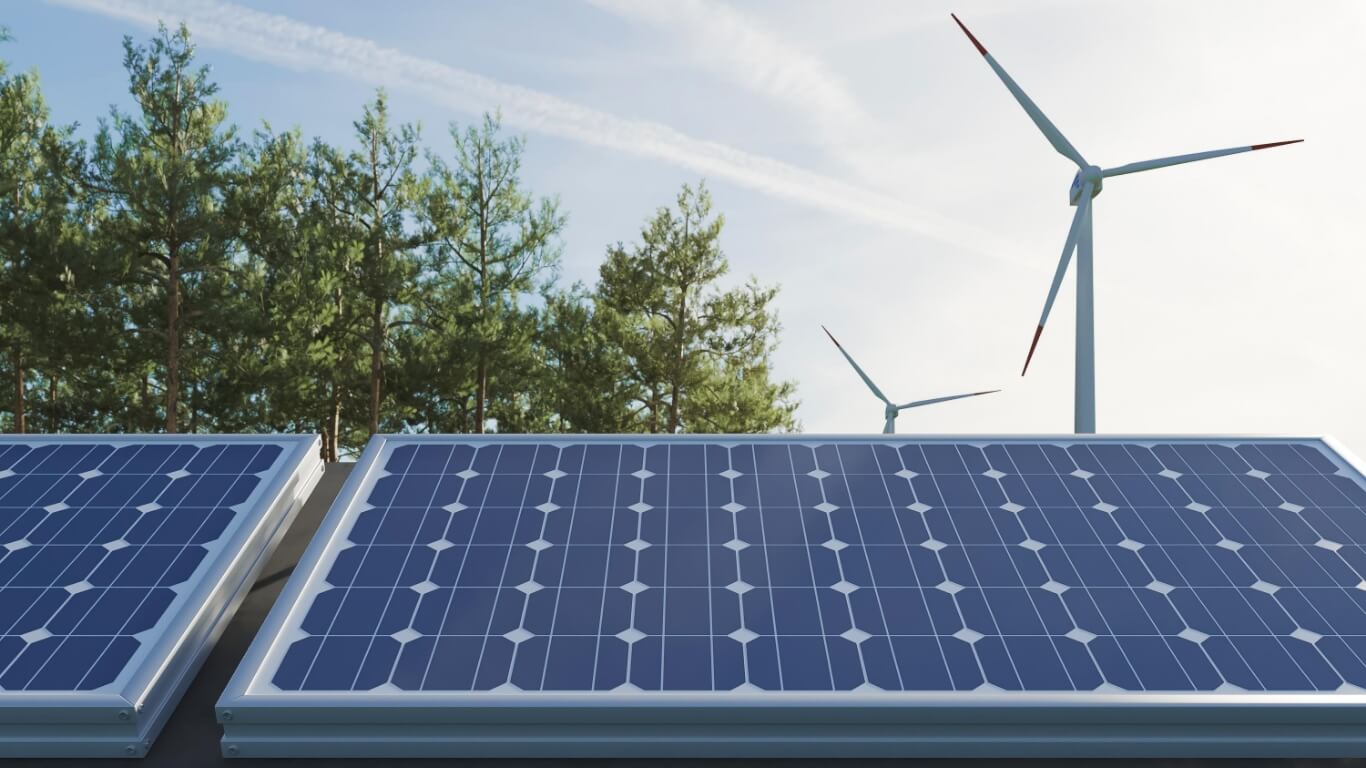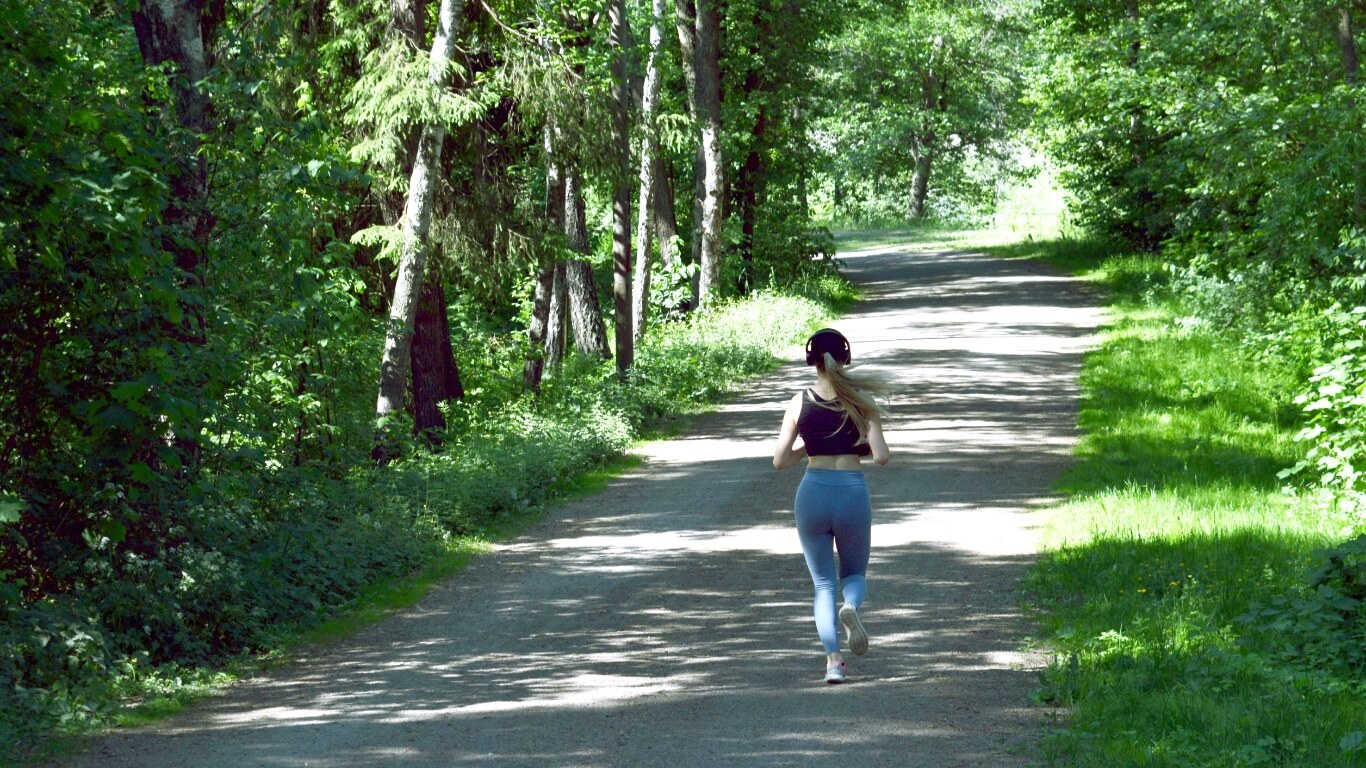Why Wellness-Centric Communities Are the Future of Real Estate
By homz | March 18, 2025
Did you know that 78% of home buyers will now concede that aspects related to wellness are most important when looking to acquire a property? Wellness real estate is also projected to be a $580 billion money-spinning global company by 2025, according to current estimates by the Global Wellness Institute.
These figures are indicative of a sharp shift in how modern families view their living spaces; a home is fast becoming great for wellness, healthy living, and connection rather than being parochially just a roof over one’s head. Wellness-centered communities are becoming a fast-paced trend that integrates holistic aspects of modern living. Such communities are the next best option for the urban family trying to find the perfect harmony between care and comfort.
What Are Wellness Communities?
Wellness communities are residential neighborhoods designed and constructed for the holistic well-being of the resident populace. These communities include features, amenities, and services to foster physical health, mental peace, social bonding, and sustainable living. The idea is to set down environments that serve balanced lifestyles but enhance connection with nature and with neighborly folks.
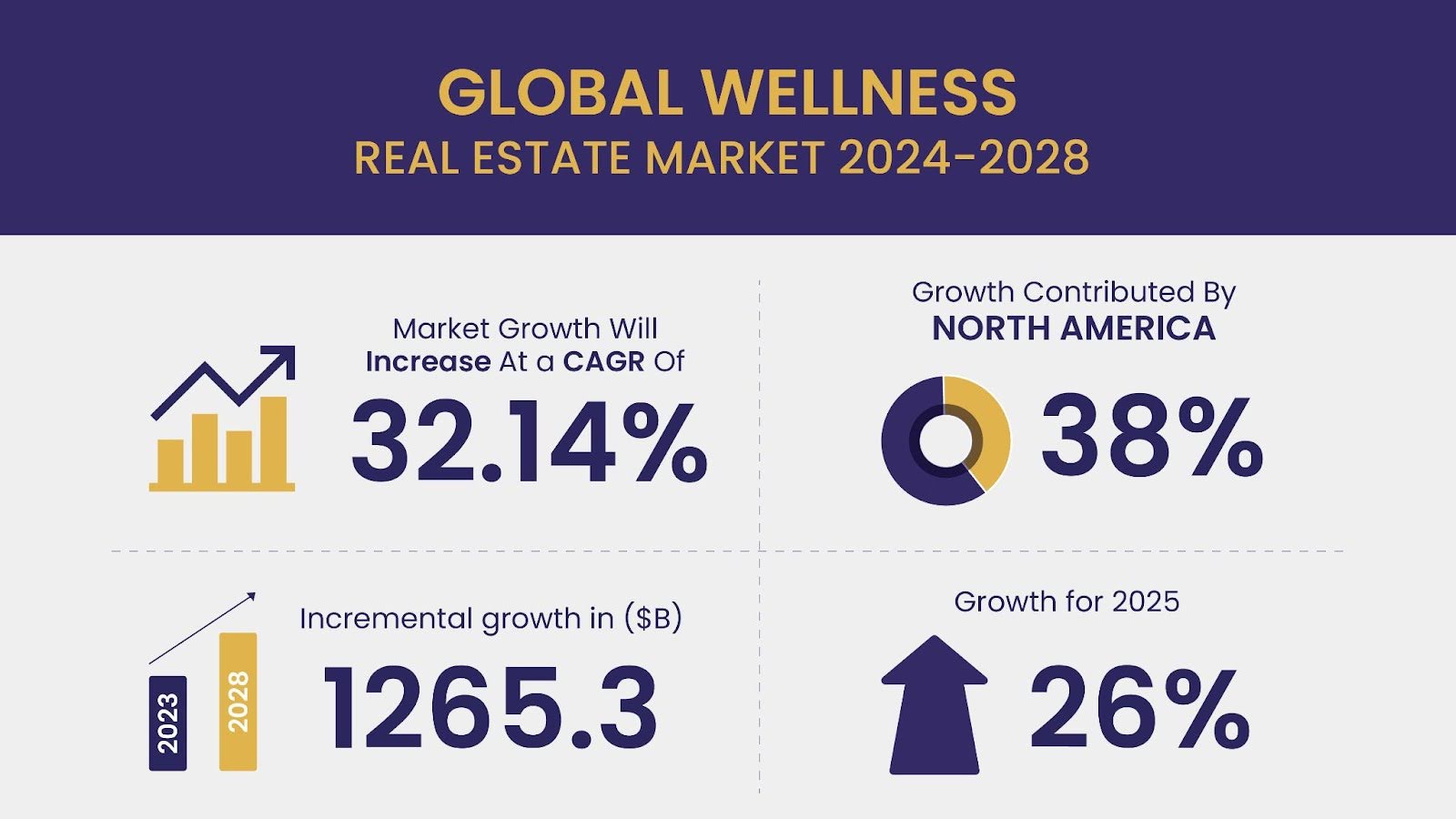
The real estate developer across the globe is seeing a change in buyer priorities. With the centering focus on wellness, these communities are the new buzzword. The focus is on designing spaces rather than just buildings: spaces for active living, mindfulness, and a connection to nature. As demand grows, wellness-centered communities become the gold standard in future real estate development.
Why Do Urban Families Emphasize Wellness Communities?
Increasingly, well-being has come to the top of the list for urban families and their fast-moving, stress-producing city lives. What used to be considered home—just a place to hang one’s hat or merely exist now represents a real demand for environments that enhance wholeness-physical, mental, and social. Wellness communities address these needs through a unique combination of amenities and design features to promote quality of life.
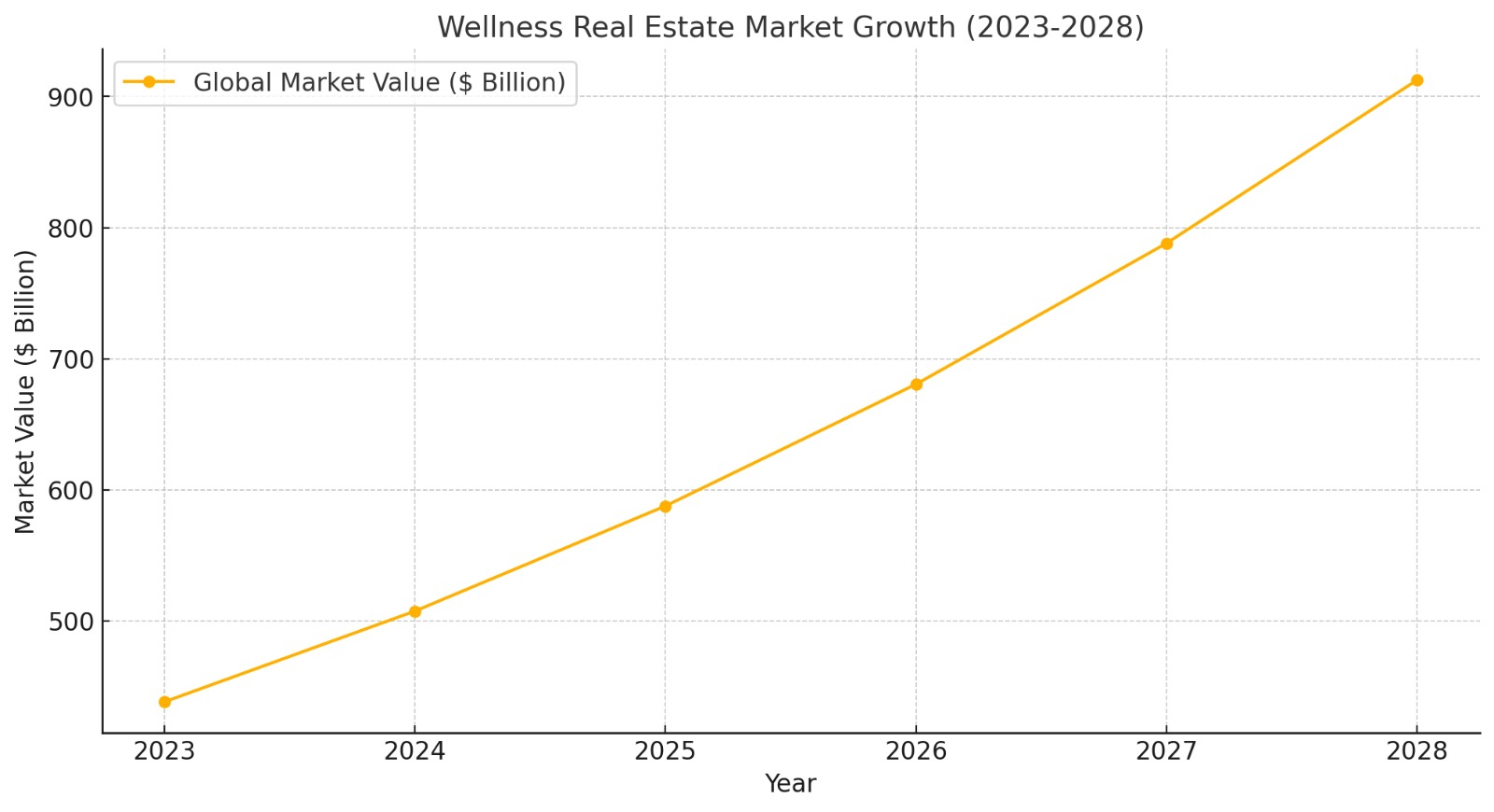
This line chart shows a 15.8% annual increase, nearing $912.6 billion by 2028 in Wellness Real Estate Market Growth.
Key Factors Driving This Trend
Higher Health Awareness:
The COVID-19 epidemic made people conscious of their health; as a result, families seek locations that enhance their well-being. Wellness communities offering fitness centers, green areas, and healthcare facilities serve this purpose.
Mental Comfort:
Those who live in urban areas face noise pollution and overcrowding. Wellness communities are created with tranquil surroundings, low-density housing, and green areas that provide a haven from all that chaos.
Balance Between Work And Life:
As work-from-home and hybrid work arrangements are now the new normal, families are looking for homes that easily integrate work and play.
Sustainable Living:
Eco-friendly families find wellness communities attractive due to their sustainable designs, energy-efficient homes, and eco-friendly amenities such as rainwater harvesting and solar energy.
Community Engagement:
Increasingly, urban families value social relations and activities. Wellness communities also encourage socializing through shared community amenities, including amphitheaters, community halls, and event spaces, giving a sense of belonging.
Key Reasons For The Emergence Of This New Real Estate Trend In The USA
The United States has witnessed a high rise in wellness-centric communities since they resonate with the changing preferences of homebuyers. From millennials to retirees, these communities meet the needs of different demographics seeking a better quality of life.
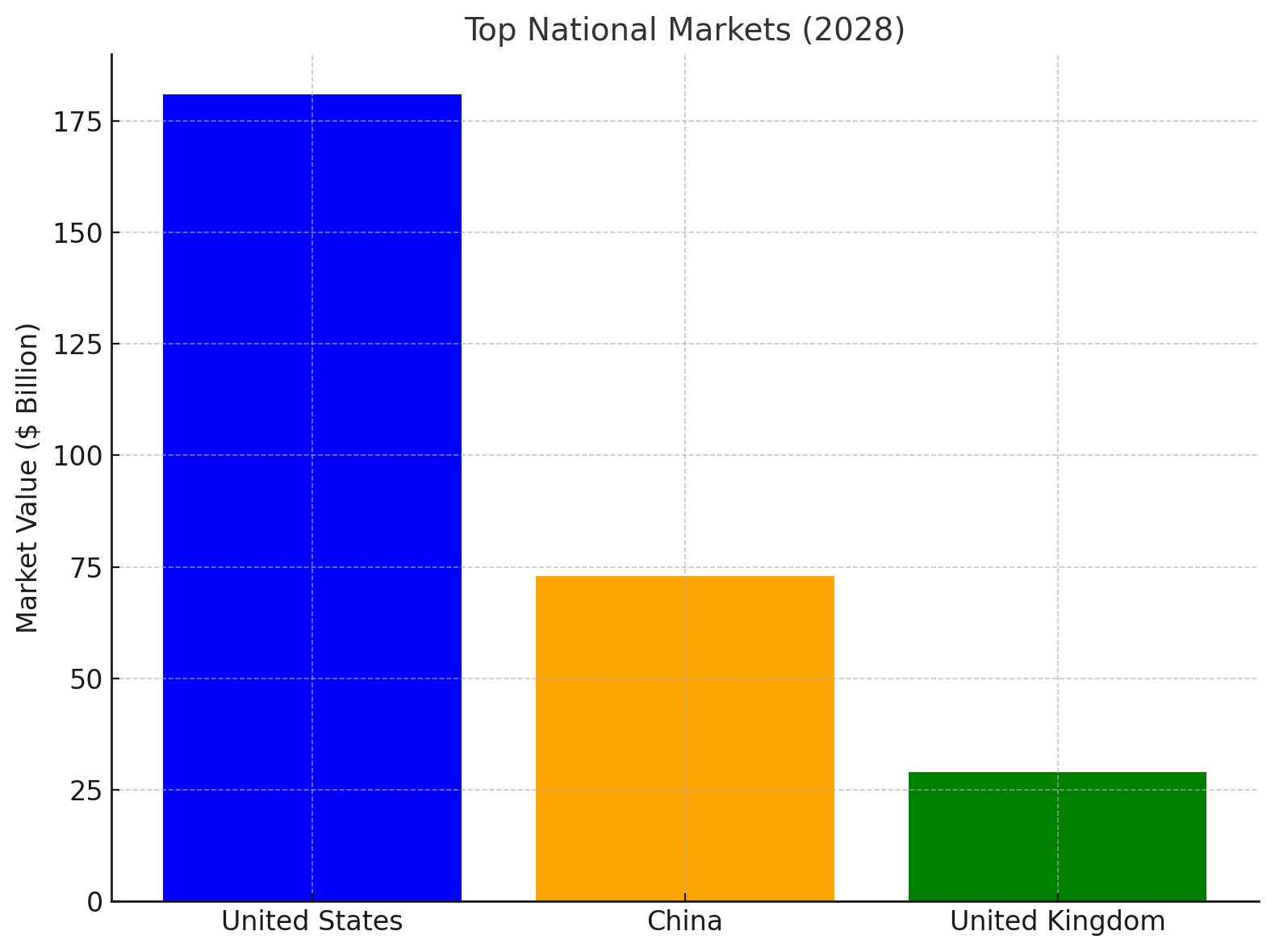
According to the Global Wellness Institute, the leading countries in the wellness real estate market are these three countries for 2028.
Reasons for the flourishing of wellness communities in the USA:
Demand For Holistic Living:
Americans increasingly desire an overall healthy lifestyle to stay physically and mentally healthy. This has been addressed by providing fitness centers, yoga studios, and mental health amenities within wellness communities.
Prospering Wellness Market:
The U.S. wellness market has rapidly grown, transforming real estate patterns. Developers today believe that wellness-focused communities offer a lucrative and sustainable business proposition. The global health and wellness market was valued at over 6.8 trillion USD in 2024 and is projected to grow to nearly 9 trillion USD by 2028.
The pandemic has rewritten the way people perceive their homes, and essentials such as home offices, outdoor spaces, and healthcare facilities. Wellness communities offer this in abundance.
Rising Number Of Eco-minded House Buyers:
These buyers are considering wellness communities that offer energy-efficient housing and are healthier than the industry alternatives; they also boast sustainable building practices and waste management solutions.
Growing Mental Health Focus:
Mental health awareness has peaked. Wellness communities offer serene surroundings, quiet meditation spaces, and proximity to nature, often making them the number one choice.
Critical Points To Take Into Account Before Narrowing Down A Well-Designed Wellness Community
Investment in a wellness-focused community would call for careful consideration to cater to your family’s needs and preferences. Some of the critical points to consider are:
1. Location And Accessibility
Ensure that connectivity to schools, workplaces, hospitals, and shopping centers is good.
Check for public transport or major roads nearby for ease of movement.
2. Amenities That Fit Your Lifestyle
- Look for a balance of physical wellness amenities such as gyms, jogging trails, and yoga spaces.
- Prioritize mental wellness features like meditation gardens, reading lounges, and noise-reduced zones.
- Social wellness amenities, including community halls and event spaces, are essential for families.
3. Green And Eco-Friendly Practices
- Confirm that there are energy-efficient homes, green building certifications, and renewable energy systems.
- Look for waste management, water conservation, and improvement in air quality initiatives.
4. Safety And Security
- Check security measures on your property. This includes gated entrances, CCTV cameras, and emergency response systems.
- Make sure the playgrounds, parks, and recreational areas are safe and child-friendly.
5. Community Design And Layout
- Use low-density housing to avoid overcrowding and leave more open spaces.
- Look to see if the community incorporates natural elements, such as parks, bodies of water, or forests.
6. Connectivity For Work And Education
- Ensure high-speed internet for telecommuting work or online study programs.
- Seek spaces for coworking, conference spaces, and tech-related infrastructure in the community.
7. Developer Repute
Read about the history of the developer’s delivery of quality projects. Scan reviews or testimony from existing customers who are similarly situated in those communities.
8. Cost and Return on Investment
Compare the value for money received from other wellness communities. Assess the long-term appreciation and the resale value to be expected.
9. Culture
Talk to residents to catch the community feels and engagement moments. Check if there is a realignment of interest in the desired values, whether there is a desire for family communities, pet-loving communities, and/or sustainable-loving communities.
Homz Global And Their Vision For Wellness Communities
At Homz Global, every project is envisioned with the heart of creating healthier communities and happier residents. Their wellness-centric approach focuses on the concept of FLoW:
- Feel Well: Focus on physical well-being through amenities.
- Love Well: Build meaningful relationships and celebrate life.
- Work Well: Integrate work and life seamlessly.
Let’s dig deeper into the FLoW philosophy and what makes these communities stand out.
Future of Wellness-Centric Communities
The demand for wellness-centric communities is no longer a trend but a lifestyle revolution. People are looking for homes that promote physical health, and mental peace, and a sustainable community that shapes the real estate landscape.
Homz Global, through its FLoW philosophy and dedication to creating healthier and happier spaces, stands out as a leader in this domain. From Feel Well, Love Well, to Work Well, Homz Global is setting a benchmark for wellness-centric living.
Investing in such communities is not merely about buying a home. It is simply making one’s life better with better living. So, are you willing to step into the future?


 info@homzglobal.com
info@homzglobal.com





